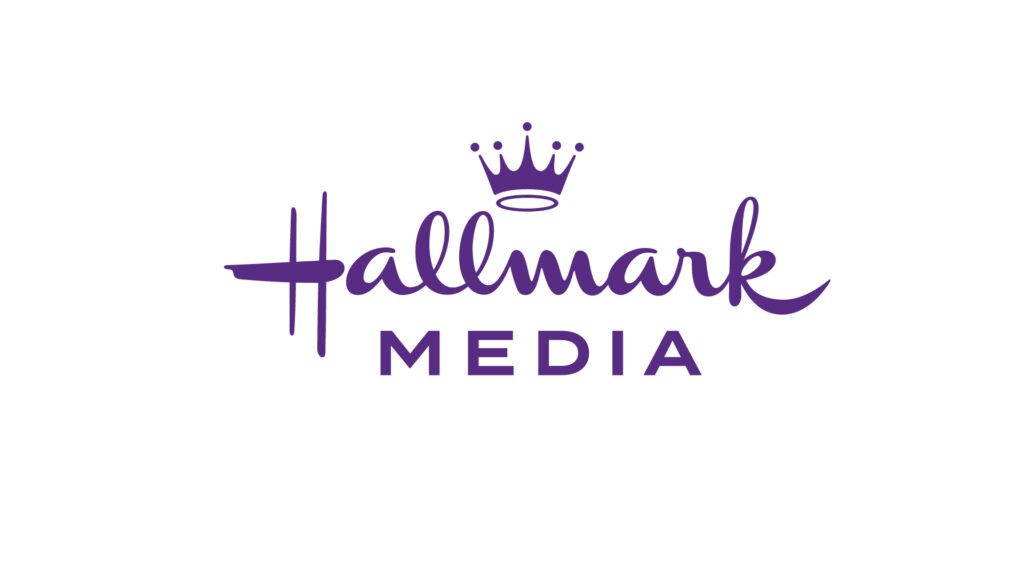As lower costs and potentially higher returns drive more corporate advertising dollars into online media, the DM industry could be on the verge of another electronic marketing boom.
Direct’s latest survey of its readers’ online activity reveals that more than a third of all respondents allotted a portion of their budget to electronic sales. This includes 45% of those from consumer-focused firms, 38% from business-to-business companies and 28% who service both.
How much are we talking about? According to JupiterResearch, online advertising spending will hit $8.4 billion this year, and should rise to $13.8 billion by 2007, when it will achieve parity with magazine advertising outlays.
The fortunes of firms that attend to e-commerce reflect this. For example, Marchex, an online search service provider, saw a 66% sales spike during the second quarter over the same period in 2003. Aquantive Inc., another Web marketing services firm, did even better during the quarter, reporting an 83% jump in revenue. Also during the second quarter, MSNBC.com turned a profit for the first time since its launch in July 1996.
The number of firms planning significant increases in Web marketing spending during the last few months of this year was considerably higher than the figure from the same period in 2003. Among consumer companies, more than double (29% vs. 13%) indicated they would earmark substantially more money for online efforts, as did a similar amount of mixed-focus firms (22% vs. 11%). And two-thirds more B-to-Bers (12% vs. 7%) say they’ll be boosting spending in a big way.
Looking ahead to 2005, nearly 66% of the consumer companies anticipate further increases in their online marketing budgets, compared with more than half of the B-to-B and mixed-focus firms.
However, despite these hikes, electronic marketing is playing only a comparable role in driving sales as it did in years past. This year, Web site transactions accounted for 20% of all sales, about the same as last year. But the players are getting larger. More and more, the top Web advertisers are Fortune 500 companies, notes the OECD Observer, an economic trends publication.
Take the automotive sector. Honda currently allocates between 4% and 6% of its marketing budget to online efforts, and BMW dedicated 16% of its advertising dollars to the Internet when it launched the 1 Series, according to the Digital Bulletin newsletter.
The increases come as online marketers continue to develop new ways of reaching consumers. Previous years have seen the rise and fall of banner advertising and unsolicited e-mail’s effectiveness. While these tools are still part of online marketers’ arsenals, sponsored e-mail newsletters and search engine marketing are gaining prominence.
In the case of search engine use, the rules are still being written, and the industry is growing. Search-focused revenue has gone from $1.4 billion in 2002 to $3 billion this year, says investment firm Piper Jaffray & Co., and could hit $6.9 billion by 2007. JupiterResearch is somewhat more conservative with its estimates, seeing the search market at $5.5 billion by 2009, with the average click price jumping from 2003’s 29 cents to 47 cents in 2009.
Bringing customers to a Web site through searches may be the hot trend. However, marketers still lag in their efforts to customize the experience once prospects land there. Only 28% indicated they tailor their sites to individual visitors; the mixed-focus (38%) and B-to-B firms (26%) are more likely to do so than consumer companies (22%). But consumer marketers are more apt to analyze clickthrough data gathered from their sites, with 71% indicating they do, compared with 59% of mixed-focus marketers and 55% of B-to-B companies.
If they’re not customizing on the fly, what are these firms doing with their Web sites?
They’re displaying information about products and services and taking orders that are ranked highest across all customer categories.
Even so, while more than half of the B-to-B and mixed-focus marketers generate telephone sales leads, only around 25% of the consumer firms manage to do this
 Network
Network


